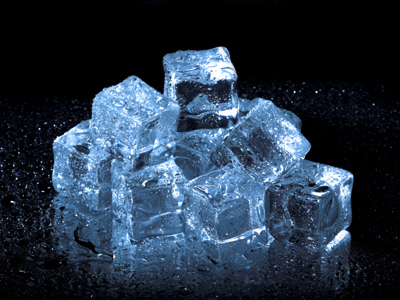
Solids, Liquids and Gases 01
Let's explore the amazing world of matter with this KS2 Science quiz! It's the first of two quizzes all about the three states of matter: solids, liquids, and gases, focusing on how they act differently.
Everything is made of matter, and it can be solid, liquid, or gas. Look around - objects like toys are solids, ice is solid water. Drinks are liquids, and the air around you is invisible matter - a mix of gases like oxygen. Steam is water in a gas form.
Have you learned about matter states? Test your knowledge with this fun KS2 Science quiz on Solids, Liquids, and Gases!
Discover the Fun of Learning with Quizzes! Read MoreReady for more?
not all...
quizzers. Try to win a coveted spot on our Hall of Fame Page.







